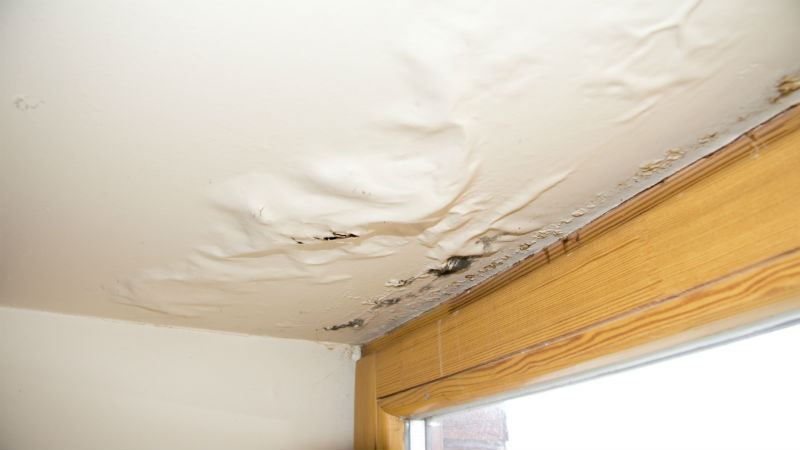Architecture defines many cities in the United States, North America and around the world. Often, when you think of a city, you recall a famous building or monument. Such structures recall our past and represent our future. This is one reason why historic building restoration is so critical. We need to know and respect our past in order to build a solid future.
How Do You Define Historic Building Restoration?
Different people look at the process of restoration in different ways. In the industry, it has come to mean any of several things. A historic building restoration can refer to a:
- Total Restoration: The complete restoration of a historic structure, both inside and out, is performed. Nothing is spared as the clock is turned back and newer updates are removed to restore the original look.
- Partial Restoration: Only some part of the building is restored. This can be the result of economic or structural necessity.
- Elemental Historic Building Restoration: This involves updating the interior, but the façade and certain aspects of the interior, those that are historically significant, remain intact.
Some restoration companies focus on a specific type of restoration; others, such as Soumar Masonry Restoration, embrace all the options. The client may want to determine the extent of the historic building renovation. However, legislation in most jurisdictions affects the extent to which a property owner may alter the appearance and the structure of a historic structure.
What Does Historic Building Restoration Involve?
A historic building restoration is not a simple task. It is very complex. Depending upon the extent of the work and the materials required to do a proper restoration, masonry contractors may have to spend weeks or months in preparatory work. These tasks begin with the selection of a good team of skilled, experienced and trained workers. The masons chosen for the job must be versed in both modern and traditional techniques. Depending upon the age of the building, they may have to recall techniques used over a century ago.
Once gathered, the masons and associated co-workers will have to tackle a number of tasks. To undertake a proper historic building restoration, the craftspeople will need to carry out some, if not all, of the following.
- Disassemble: Repointing will require removing the old parts and replacing them with duplicates, including failed masonry. New mortar will mimic the older material to ensure the old and new are identical.
- Rebuilding: Whenever possible, the original brick or stone is used for façades, interiors, chimney caps, jack and flat arches.
- Fabrication: In some cases, new components will be cast to replace older ones that cannot be repaired.
- Custom Matching: Anytime a part is replaced, it must match the original in texture, size, color etc.
For those in the masonry business, restoration is not simply a cosmetic project. It often draws on techniques and materials no longer used. The work requires a certain mindset – one that is able to embrace the qualities of the past and work together with others to restore a building to its former glory. For companies such as Soumar Masonry Restoration, it is more than about doing a good job. For them, historic building restoration is about paying their respect to America’s built environment. You can connect with them on Facebook for more updates!






